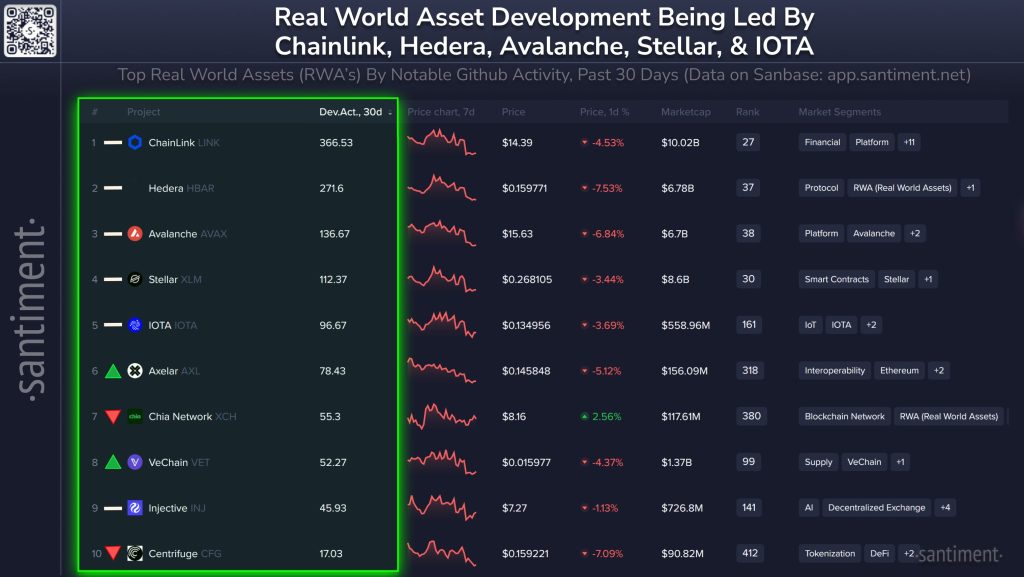U.S. Senate Unveils Draft Crypto Market Structure Bill Aiming to Redefine Bitcoin Regulation
After months of waiting, the U.S. Senate committee has issued the draft of the long-awaited crypto market structure bill. If passed, this measure could be the most consequential change in the treatment of regulated digital assets such as Bitcoin, Ethereum, and stablecoins in the U.S. marketplace. The draft proposes to clarify the regulatory gray area that has burdened investors and institutions for many years now.
The U.S. crypto market structure bill seeks to define which agencies oversee specific segments of the crypto ecosystem. For years, the lack of clear distinctions between securities and commodities in digital assets has caused confusion, limiting innovation while discouraging institutional participation. Lawmakers now seem determined to change that narrative.
With the bill expected to pass by year-end, industry participants see this as a turning point. This turning point could finally align American crypto policy with modern financial standards. The move signals Washington’s growing recognition that digital assets are here to stay and need a structured framework that supports innovation while protecting consumers.
🚨HUGE: 🇺🇸Senate commitee has finally released the long-awaited DRAFT of the crypto market structure bill.
— Coin Bureau (@coinbureau) November 11, 2025
The bill, set to overhaul how #Bitcoin & crypto are regulated, is expected to PASS by year-end. pic.twitter.com/scVzfq4Rld
Why the Crypto Market Structure Bill Matters Now
The timing of the crypto market structure bill is crucial. Global powers, from the European Union to Japan, have already established clear crypto frameworks. The U.S., however, has struggled with fragmented oversight split between the SEC and CFTC. This bill aims to end the turf war by setting transparent boundaries.
Under the proposed structure, cryptocurrencies that operate on decentralized networks could be regulated by the Commodity Futures Trading Commission (CFTC), while tokens tied to specific entities or projects may fall under SEC jurisdiction. This division is designed to provide much-needed clarity for businesses developing on blockchain networks.
This legislation could definitively establish Bitcoin as a digital commodity, rather than a security, providing it with a clearer legal footing. It would be a welcome change for individuals who have recently invested or have been long-time miners and have called for formal recognition under a commodity law.
Breaking Down the Key Provisions in the Draft Bill
The legislation presents a tiered regulatory approach, with the intention of describing digital assets according to decentralization, function, and overall market behavior. The legislation identifies three primary policy objectives: protection of investors, integrity of the market, and facilitating innovation.
Moreover, it requires exchanges and brokers that deal in crypto assets. This is to register with appropriate regulatory authorities, implement anti-fraud frameworks. And also to comply with the standard of disclosure relative to traditional markets. While the framework balances admonition and innovation, it could help create more comfort for institutional investors, a major driver for future market expansion.
With regard to stablecoins, it discusses oversight under federal agencies. This would address the risk of stablecoins failing to maintain appropriate reserves and disclosure. Unlike traditional payment systems, the goal is to avoid risk to the financial system while allowing digital payment networks the maximum amount of flexibility.
Conclusion
Should it come into effect, the United States crypto market structure bill could trigger a new era of digital finance – one that is based on transparency, security, and innovation. For investors, it represents an acknowledgement that the world’s largest economy is belatedly embracing crypto within a legal framework, rather than attempting to fight it from the sidelines.
The governments around the world, this legislative landmark could change how they think about Bitcoin legislation, establishing its unique brand of responsible yet progressive regulation. For an industry long stuck in the quagmire of uncertainty, this draft has introduced something different, hope grounded in structure.
Disclaimer: The content of this article solely reflects the author's opinion and does not represent the platform in any capacity. This article is not intended to serve as a reference for making investment decisions.
You may also like
RWA Tokens Set for a Major Breakout? Santiment Data Shows Developer Momentum Surging

Czech National Bank Buys Bitcoin in a Small-Scale Test
SIERRA Token Connects DeFi and Conventional Finance Through Adaptive Hybrid Returns
- Sierra Protocol launches SIERRA, a DeFi token blending institutional RWAs and blue-chip protocols to offer fee-free, liquid yield without lockups. - The token dynamically rebalances reserves between U.S. Treasuries and DeFi platforms like Aave via OpenTrade's infrastructure and Fireblocks custody. - Avalanche's RWA ecosystem now holds $1.24B in tokenized assets, with SIERRA enabling instant yield generation and real-time portfolio transparency. - The hybrid model bridges traditional finance security with
ZEC Rises 9.28% in 24 Hours as Privacy-Oriented Treasury Debuts
- Cypherpunk Technologies established a $50M Zcash (ZEC) treasury, acquiring 1.25% of total supply via $58.88M private placement led by Winklevoss Capital. - CEO Douglas Onsi emphasized long-term Zcash commitment, with plans to accumulate up to 5% supply while transitioning to Nasdaq listing (CYPH ticker). - Tyler Winklevoss called Zcash "encrypted bitcoin ," highlighting privacy features as complementary to Bitcoin amid rising demand for confidential transactions. - ZEC surged 9.28% in 24 hours, reflectin
